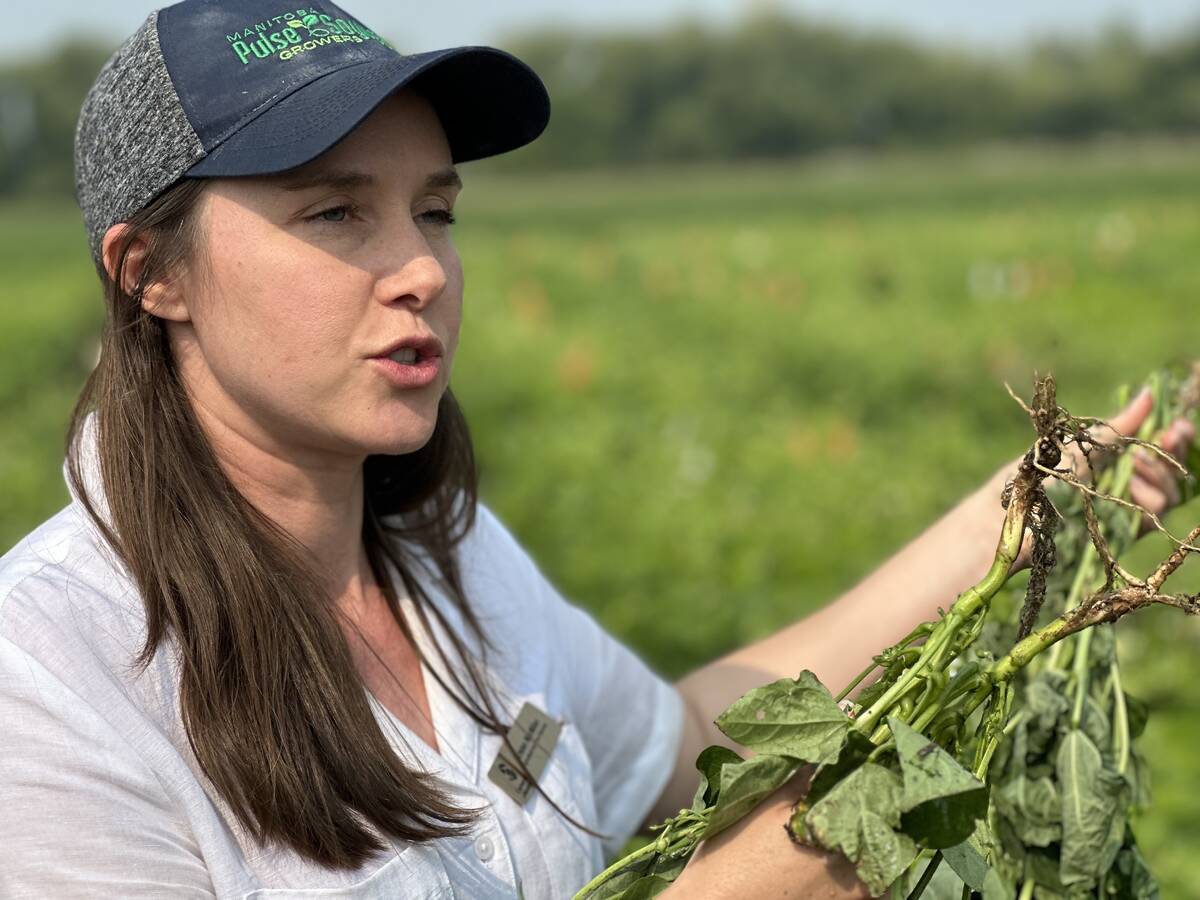The Western Producer takes a weekly look at some of the stories that made headlines in issues of the paper from 75, 50, 25 and 10 years ago.
75 years ago: June 20, 1940
The Canadian bacon board had a $1 million surplus to distribute to hog producers after selling $21 million worth of product to Great Britain. It had already distributed $17 million to producers, as well as paying $3 million to packers for services and for shipping product to the coast. Ottawa paid the board’s operating costs.
Research at the Dominion Experimental Station near Scott, Sask., found that crested wheat grass produced the strongest root systems, which made it the most valuable grass for controlling soil drifting. The study of four-year-old sods also included brome and western rye grass.
Read Also

Lower nitrogen rates in dry beans could pay off for farmers
Manitoba research is testing whether reduced nitrogen fertilizer in dry beans can maintain yields while cutting costs and lowering greenhouse gas emissions.
50 years ago: June 17, 1965
Federal trade minister Mitchell Sharp predicted that Canada would export 400 million bushels of wheat in the next crop year and urged prairie farmers to grow another bumper crop. Crops were developing rapidly on the Prairies, but most areas needed more dry weather.
The Research Council of Alberta developed a nitrogen fertilizer from coal that compared favourably with most synthetic fertilizers. Because of its organic nature, the new fertilizer was expected to be of particular value when added to soil deficient in humus.
25 years ago: June 21, 1990
A new disease attacking wheat and barley in Manitoba was alarming plant scientists. They said flame chlorosis was unlike any disease they had tackled in the past and anticipated its cure would be hard to find. “We’re at the very early stages of what could become a very serious problem,” said Steve Haber of Agriculture Canada’s research station in Winnipeg. In the end, the viral disease didn’t turn out to be a major problem in Canada.
The Science Council of Canada launched a study of sustainable agriculture in an attempt to produce a “road map” to achieve it. Clay Gilson of the University of Manitoba, who co-ordinated the study, said he would try to balance the need for environmental sustainability in agriculture with the need to ensure farmers earned enough to stay in business. Many farmers were uneasy about the renewed environmental movement because many of its members were critical of traditional farming methods, he added.
10 years ago: June 16, 2004
At least two million acres remained unseeded in Saskatchewan and Manitoba because of wet fields, and farmers were running out of time to get the job done.
“You can’t even go on it with a quad,” Glen Keilback said when describing his fields near Beausejour, Man.
“It’s just mucky. It won’t carry any weight at all.”
A binational trade panel ordered the U.S. International Trade Commission to reconsider its 2003 finding that Canadian imports were harming the U.S. wheat industry. The move gave Canadian farmers reason to hope that they might soon regain access to the lucrative market for high quality wheat, which had imposed a prohibitive 14.15 percent duty on hard red spring wheat from Canada.














